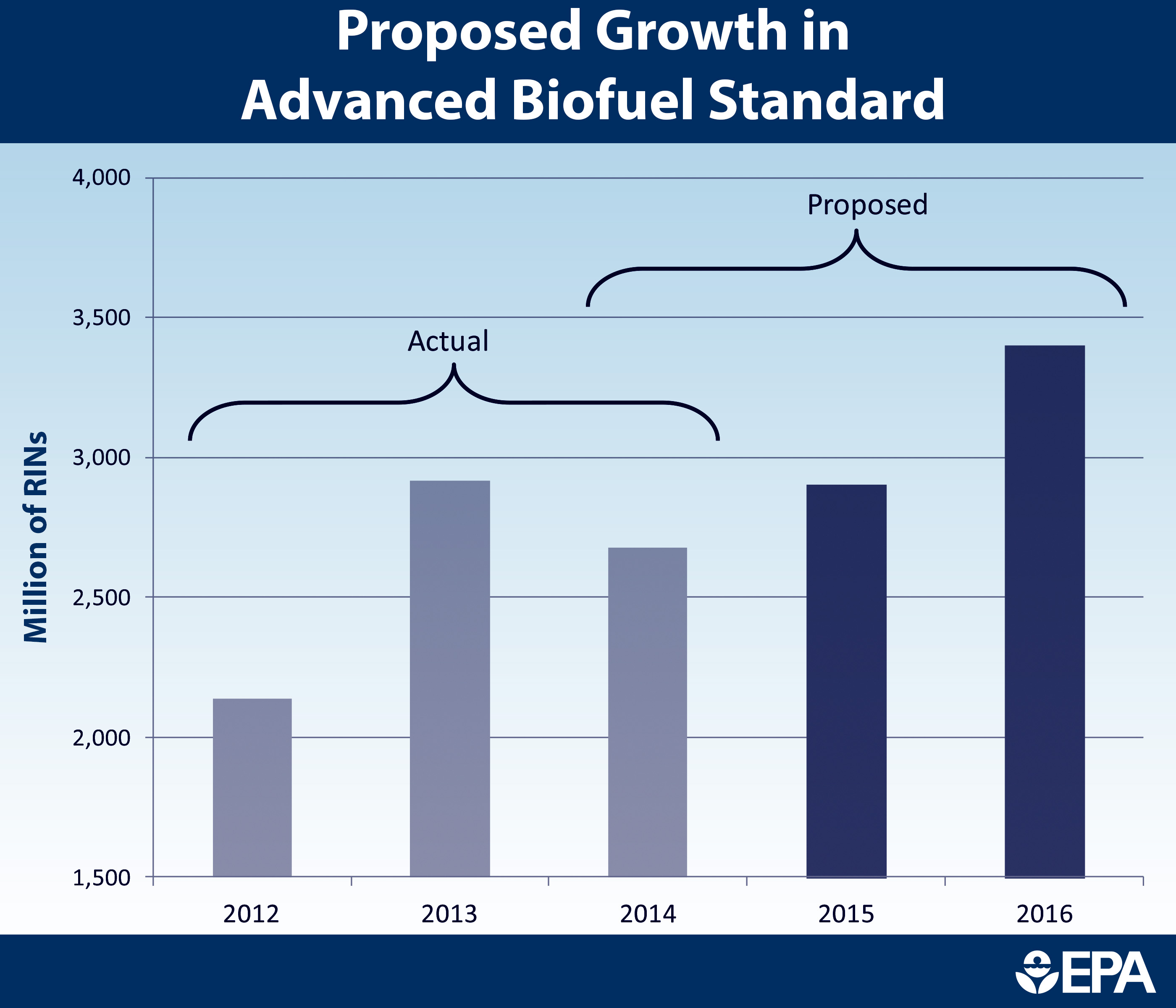EPA Honors 2015 Green Power Leaders
By Janet McCabe
On October 19th, I had the honor of presenting EPA’s 15th Annual Green Power Leadership Awards to 25 organizations that are leading the charge in using renewable energy and setting an example for their peers, helping to accelerate development of a strong clean energy portfolio nationwide. The awards honor a range of organizations for innovative achievements in acquiring and using renewable electricity as well as commitments to responding to climate change.
In addition to large corporations, nonprofit and educational institutions were also highlighted. From Northwestern University, to Crossroads School for Arts & Sciences, Tucson Unified School District, and the Phipps Conservatory and Botanical Gardens, these groups educate students and the public about the environment. For instance, Crossroads School (K-12) in Santa Monica, California sourced 100 percent of their electricity use from wind, biomass, and biogas resources through a collective procurement and includes green power in its academic curriculum. And at Phipps, a public garden in Pittsburgh, Pennsylvania with 100 percent of its electricity sourced from renewable resources, its 350,000+ visitors annually get an in-depth look at photovoltaic arrays, a wind turbine, geothermal wells, and many, many other sustainable energy features—all within a single accessible site. In addition, Tucson Unified School District (TUSD) installed one of the largest on-site solar generation projects at a K-12 school system in the nation last year, and shares the lessons it learned far and wide. TUSD also is working closely with a local Native American tribe on developing its own solar project.
As we’ve seen in the past few years, local governments are doing more with green power. This year’s government winners—Government of the District of Columbia, Ulster County, NY, and the City of Hayward CA Water Pollution Control Facility (WPCF)—are leading the way in innovative approaches. For instance, Hayward WPCF’s new cogeneration facility uses the methane produced from the digesters as fuel. Waste heat from the new cogeneration system is captured and used to heat the city’s anaerobic digesters, further reducing reliance on natural gas formerly used to heat the sludge during colder months of the year. This cogeneration facility, along with the facility’s solar array, produces more renewable electricity than it needs, so it exports the excess renewable electricity to other city facilities.
The Sustained Excellence category winners – Intel, Kohl’s, and TD Bank – continue to uphold their outstanding work in driving the green energy market, and first-time winners like Traditional Medicinals and National Hockey League have been investing in sustainable operations, including clean energy and electricity use, for years. What a tremendous inspiration for all!
The Green Power Leadership Awards are sponsored by EPA’s Green Power Partnership Program in collaboration with the Center for Resource Solutions. See the award list for more about all the green power leaders.






